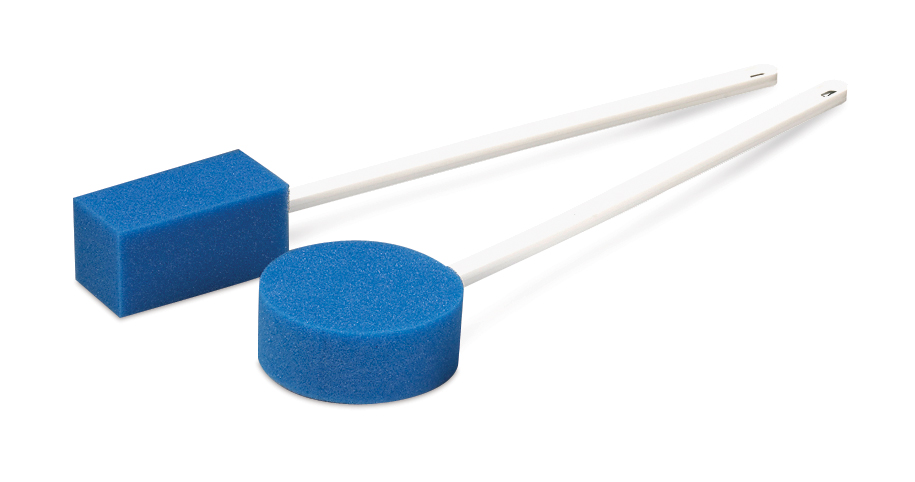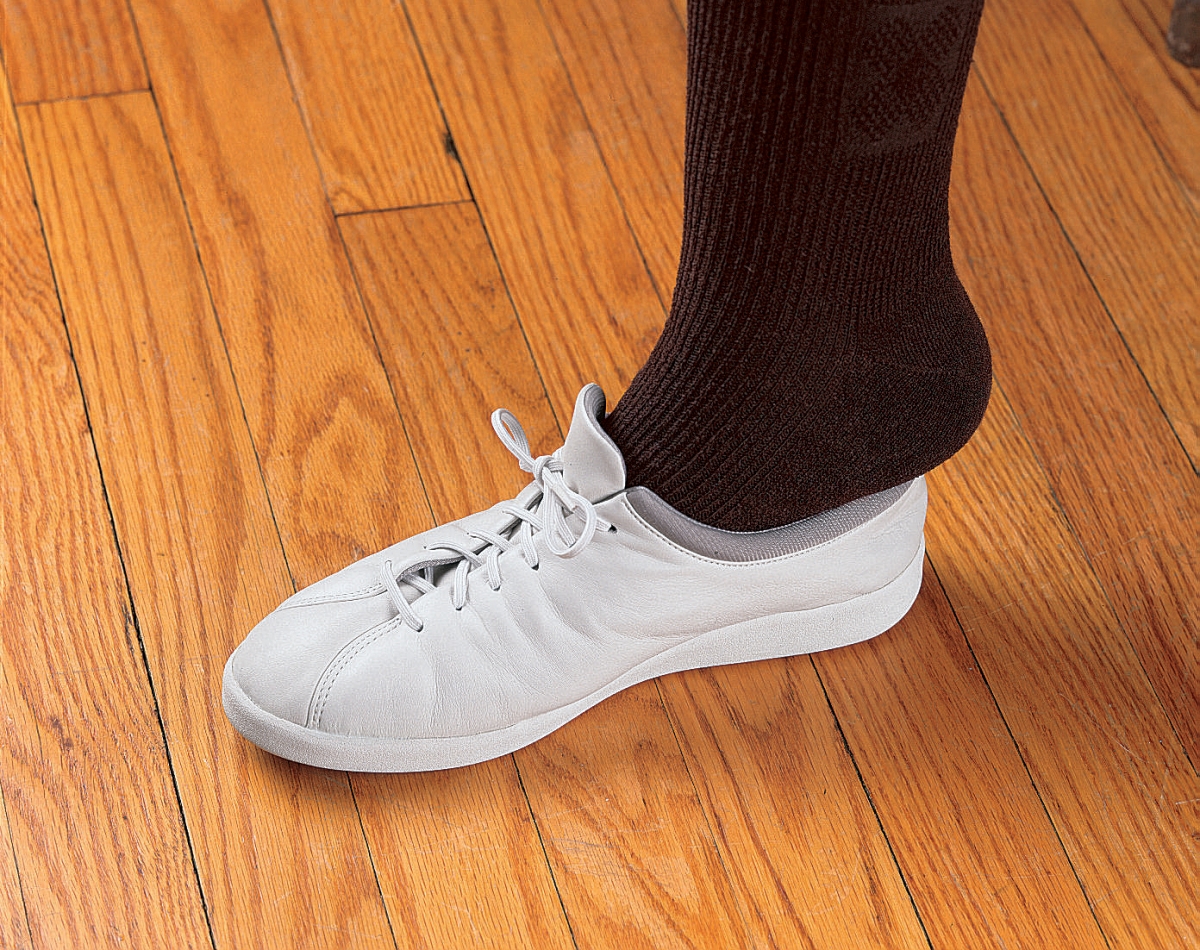Just as a house relies on a solid foundation to maintain structural integrity, the same can be said about a person. Many people neglect the importance of proper foot care, which compromises their foundation. Poor foot care can lead to complications such as infections, altered gait and balance problems.
Foot care is important for everyone, but even more so for people who have diabetes and seniors, who are more prone to having issues with their feet because of other underlying ailments. Many simple measures can be taken to maintain overall foot health.
 Frequent inspections are the most important, and people should be on the lookout for rashes, dry skin, blisters and corns. Any abnormality should be treated promptly to avoid further irritation or possible infection. Many seniors have difficulty checking their feet on their own, and the assistance of a caregiver or family member may be necessary. Long-handled mirrors that enable a person to see his or her foot without having to lift up the leg or bend too far down promote independent foot care.
Frequent inspections are the most important, and people should be on the lookout for rashes, dry skin, blisters and corns. Any abnormality should be treated promptly to avoid further irritation or possible infection. Many seniors have difficulty checking their feet on their own, and the assistance of a caregiver or family member may be necessary. Long-handled mirrors that enable a person to see his or her foot without having to lift up the leg or bend too far down promote independent foot care.
Keeping the feet clean and dry is imperative. Toe washers with narrow sponge ends fit easily between toes to wash away dirt and debris. Because wet feet provide a breeding ground for bacteria and fungi, it is equally as important to thoroughly dry the feet after bathing. Once dry, lotions can be applied to ensure that the skin stays soft and moisturized. For people with stability issues, long-handled sponges and lotion applicators limit the need to bend, making it easier and safer to perform proper foot care.
 Toenails should be regularly cut. The key to proper nail length is to keep them not too long and not too short. Nails that are cut too short increase the risk of in-grown nails. Nails that are too long can cause irritation. It is recommended to cut the nail straight across and make a few small cuts instead of one larger clip. For people who have difficulty bending down, long-handled toe nail clippers add extra reach. (People with diabetes need to be especially careful when trimming toenails and may want to have their nails trimmed professionally.)
Toenails should be regularly cut. The key to proper nail length is to keep them not too long and not too short. Nails that are cut too short increase the risk of in-grown nails. Nails that are too long can cause irritation. It is recommended to cut the nail straight across and make a few small cuts instead of one larger clip. For people who have difficulty bending down, long-handled toe nail clippers add extra reach. (People with diabetes need to be especially careful when trimming toenails and may want to have their nails trimmed professionally.)
Shoe selection is another important fundamental. Fashion does not need to be ignored as long as the shoe fits properly and provides enough support. The size and shape of the foot changes with time. Therefore, measurements should be taken every time a person buys a pair of shoes. The shoe should be comfortable the first time it is tried on, and not be counted on to stretch through the course of time. Shoes should also be tied properly to provide adequate  support. For people who have limited fine motor control, elastic shoelaces are helpful. After tying the shoe once, the foot can easily be slipped into and out of the shoe while maintaining the proper lacing support.
support. For people who have limited fine motor control, elastic shoelaces are helpful. After tying the shoe once, the foot can easily be slipped into and out of the shoe while maintaining the proper lacing support.
Most people probably do not put much thought into sock choice. Making sure the sock matches the outfit is not the only consideration. Research shows that cotton socks are actually not a good choice when it comes to keeping the foot dry. Cotton does not wick away moisture and this can ultimately lead to friction and irritation. Socks should be made out of a material that has good wicking properties. While many people prefer to go sockless, socks help to protect the feet against cracking and abrasions. Bending over to put on socks can be difficult for seniors, so some might tend to go without. A sock aid, which reduces the need to bend, can increase convenience of wearing socks.
Even with daily inspections and impeccable care, problems can still occur. It is important to treat the issue as soon as it is noticed. Products like Silipos® Gel Pads and Sheeting cushion and protect against impact, pressure and shear forces, while simultaneously releasing moisture-rich mineral oil that hydrates, softens and conditions the skin. The line includes products to help alleviate discomfort and pain from corns, calluses, blisters, overlapping toes, bunions and dry, cracked skin and other ailments.
When a home is first built, the foundation is solid. With time, various elements—natural and man-made—can cause it to begin to disintegrate. The first sign of a crack in the foundation does not mean the home is uninhabitable; it just means that some care and work are needed. The same applies to the feet. Daily inspections, routine care and dealing with problems quickly when they arise are easy ways to make sure that the foundation stays strong enough for a senior to lead an active, independent life.
Senior Care Products, Spring 2012
